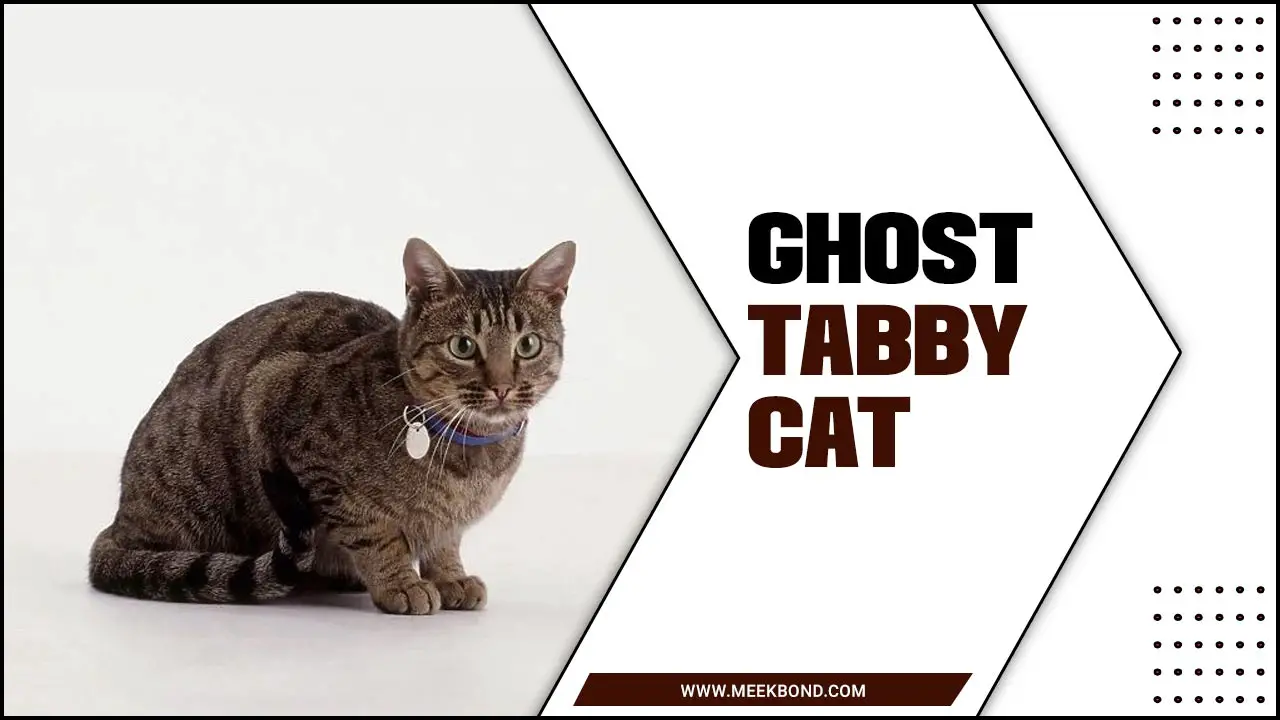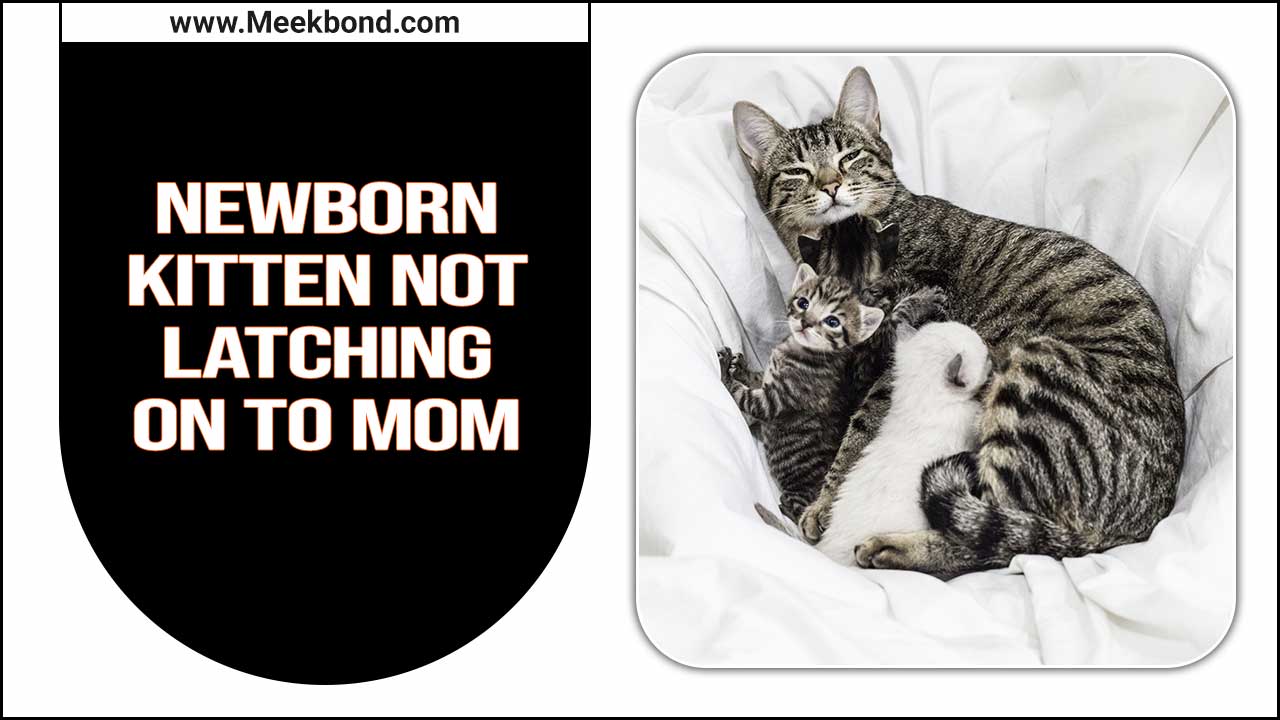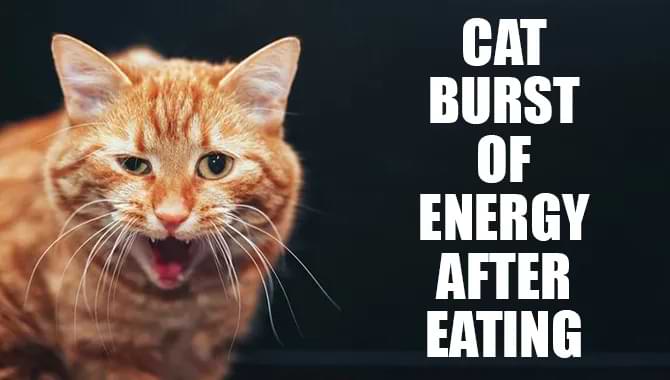Cats are known for their quirky behaviors, and one of the most endearing ones is their habit of kneading. This rhythmic motion of pushing their paws in and out on soft surfaces, often accompanied by purring and claws, is a normal activity for our feline friends.
For many cat owners, watching their feline friends knead is a heartwarming and comforting sight. It is natural to be concerned and wonder if something is wrong with your beloved feline.
Here we will delve into the reasons why cat stopped kneading, the potential causes of them stopping, and what you can do to help. With a deeper understanding of this behavior, you will be able to provide the best care and ensure your furry companion is happy and healthy.

What Is Cat Kneading?
Cat kneading is a common cat behavior in which cats rhythmically push their paws against a soft surface, such as a blanket or your lap. This common behavior is often seen as a form of self-soothing behavior and can be traced back to ancient behavior patterns.
Kneading is believed to be a leftover behavior from when cats were nursing, as it helps stimulate milk production in their mothers. However, cats continue to knead even into adulthood as a way to comfort themselves and mark their territory with the scent glands in their paws.
If your cat has suddenly stopped kneading, it could simply be due to changes in their environment or mood. However, if you notice any other unusual behaviors or signs of discomfort, it may be worth consulting with your veterinarian to rule out any underlying health issues.
7 Reasons Why Your Cat Stopped Kneading
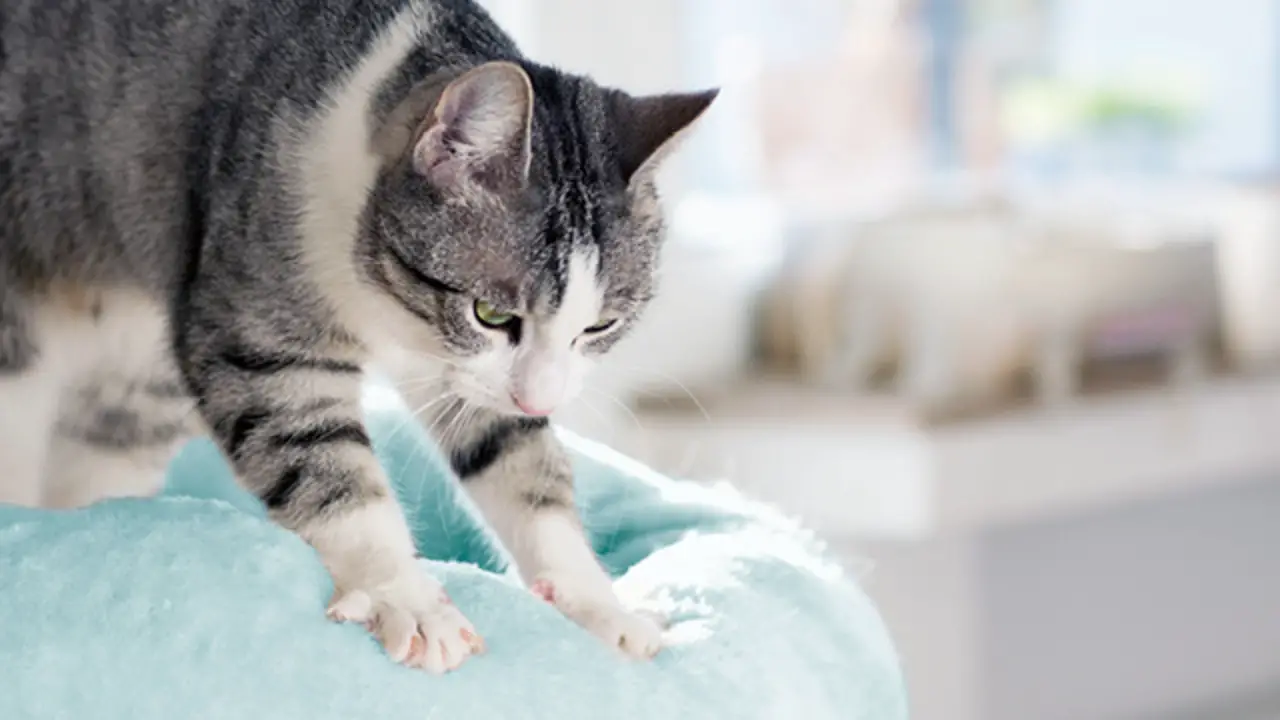
Cats are known for their kneading behavior, which involves pushing their paws in and out against a soft surface. This behavior is often associated with feelings of comfort and contentment. However, sometimes, your cat suddenly stops kneading, leaving you wondering why. Cats have sweat glands in their paws, and kneading helps to mark their territory with their scent.
If your cat feels secure and confident in its environment, it may no longer feel the need to mark its territorial creatures through kneading. Here are 7 reasons why your cat stopped kneading, including potential discomfort or pain from scratching or other underlying health issues.
1.Changes In Environment Or Routine
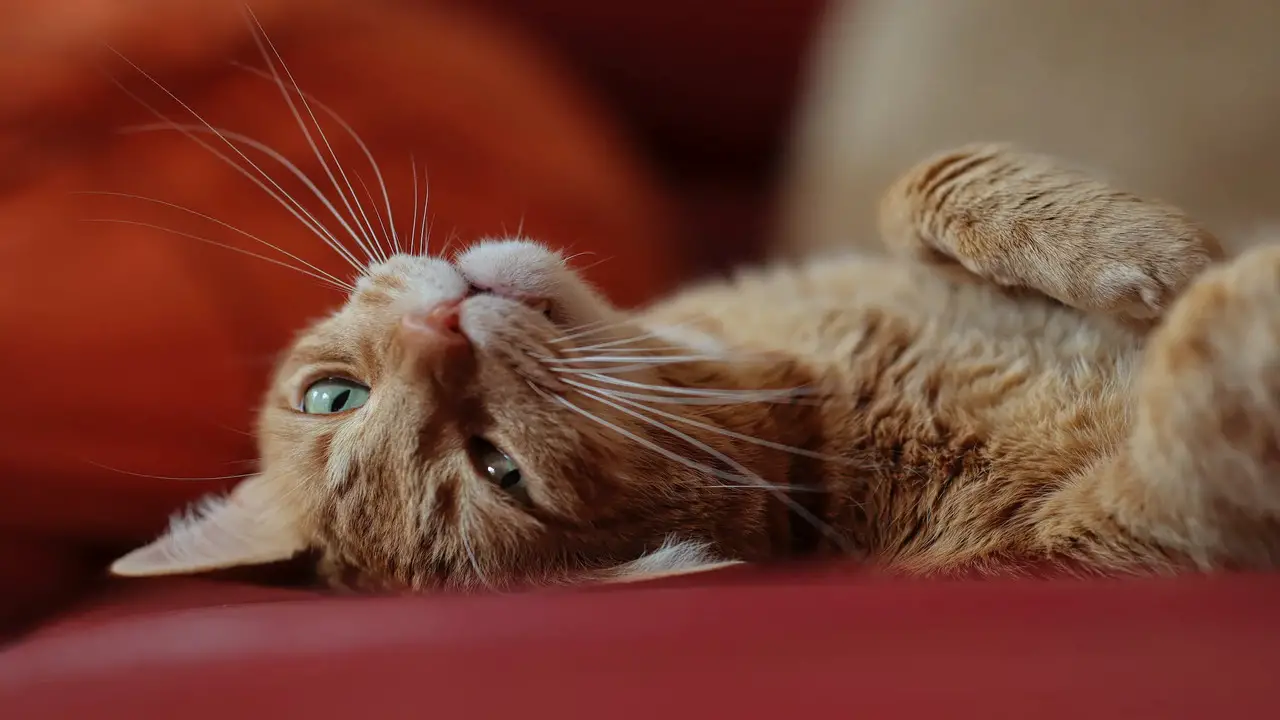
If your cat has suddenly stopped kneading, it could be due to environmental or routine changes. Cats are creatures of habit, and disruptions to their regular schedule or surroundings can affect their behavior. For example, if you have recently moved to a new home or introduced a new pet into the household, your cat may feel stressed or anxious, causing them to stop kneading.
Additionally, if there have been changes in your cat’s daily routine or if they are experiencing any health issues, this could also impact their kneading behavior. Observing your cat’s overall behavior and consulting with a veterinarian if you have any concerns about their well-being is important.
2.Physical Discomfort Or Pain
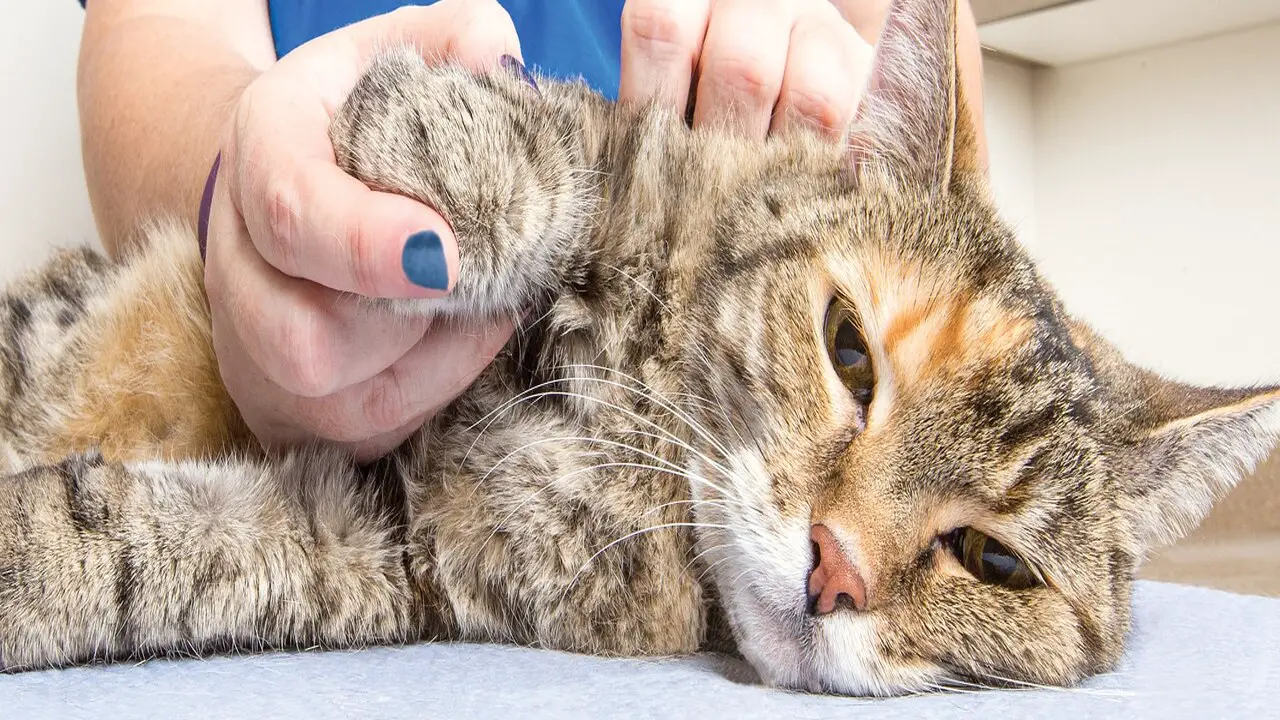
If you’ve noticed that your cat has stopped kneading, it could be a sign of physical discomfort or pain, possibly due to medical reasons. Kneading is a natural behavior for cats; they often do it when they feel content and relaxed.
However, if your cat suddenly stops kneading, it may indicate that something is bothering them. If you’re unsure if your cat is in pain or feeling stressed, schedule a consultation with your veterinarian to determine if there are any underlying medical reasons for the change in behavior.
Physical discomfort or pain could be caused by various factors, such as arthritis, injury, or an underlying health issue. If you notice any other changes in your cat’s behavior or they seem in pain, it’s best to consult a veterinarian to determine the cause and provide appropriate treatment.
3.Stress Or Anxiety
There can be several reasons why your cat has stopped kneading, and stress or anxiety may be one of them. Cats often knead as a way to comfort themselves or show contentment. So, they may not engage in this behavior if they feel stressed or anxious.
Common causes of stress or anxiety in cats include changes in their environment, such as moving to a new home or adding a new pet or family member, but the main reason may be that they didn’t continue this behavior into adulthood. However, you can give them interactive toys to keep them occupied and challenged so they have something to do besides kneading on furniture.
Other factors like illness, fear, or loud noises can also affect their stress levels. If you notice that your cat has stopped kneading, you suspect it may be due to stress or anxiety. It is important to provide them with a calm and secure environment and consult with a veterinarian if needed.
4.Aging And Decreased Mobility
As cats age, they may experience decreased mobility, which can cause them to stop kneading. Kneading is a natural behavior for cats, and it is often associated with comfort and contentment. However, as cats get older, they may develop arthritis or other conditions that make it difficult for them to move their joints. This can make kneading painful or uncomfortable for them, leading them to stop doing it altogether.
If you notice that your cat has stopped kneading and is exhibiting signs of pain or discomfort. It is important to consult with your veterinarian for a proper diagnosis and treatment options. They may be able to recommend pain management strategies or medications to help alleviate your cat’s discomfort. Especially for declawed cats, and improve their quality of life.
5.Lack Of Socialization Or Bonding
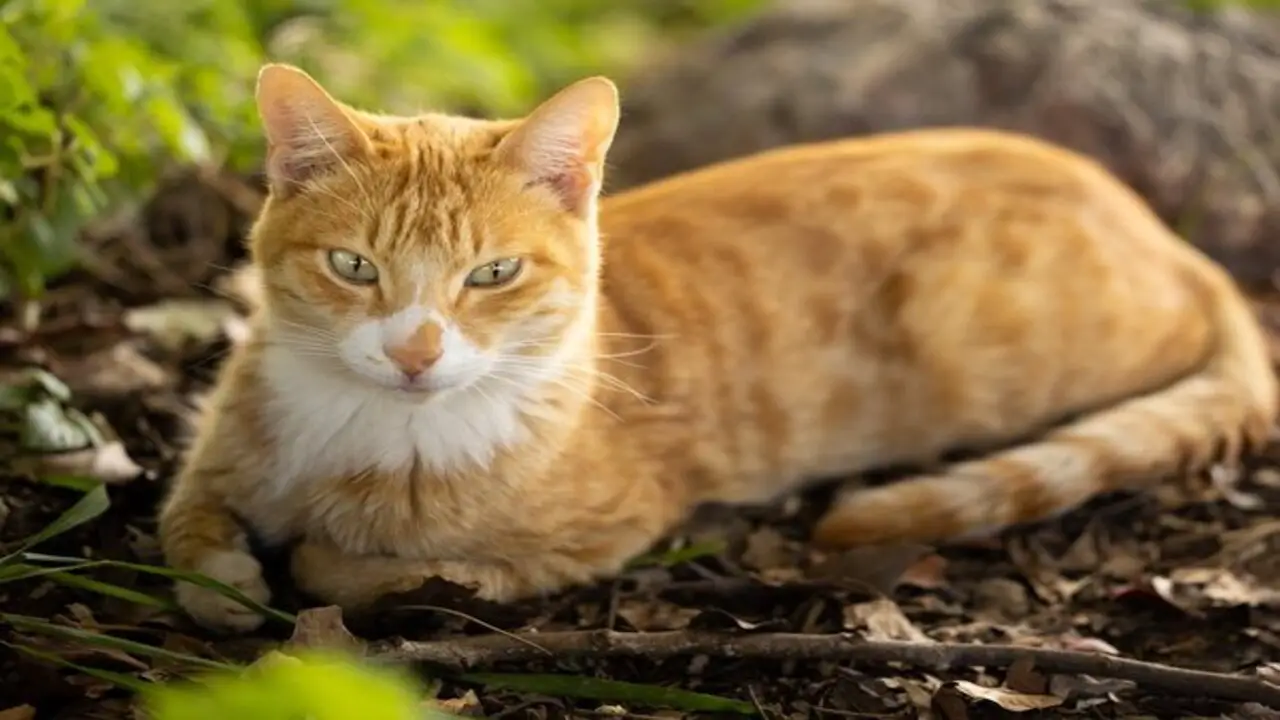
There can be several reasons why your cat has stopped kneading, including a lack of socialization or bonding in adulthood. Kneading is a natural behavior in cats that is often associated with feelings of comfort and security. It is believed to stem from their kittenhood when they knead their mother’s belly to stimulate milk production.
However, if a cat does not receive enough socialization or bonding as a young kitten, They may not have developed this behavior and may not knead as adults. However, if your cat did not receive proper socialization or bonding experiences as a kitten.
They may not exhibit this behavior as frequently or at all. It is important to note that every cat is unique and may have different preferences or behaviors. If you are concerned about your cat’s behavior. It is always best to consult a veterinarian or animal behaviorist for guidance and support.
6.Past Negative Experiences Related To Kneading
There can be several reasons why your cat has stopped kneading. One possible explanation is that they may have had previous negative experiences related to kneading. For example, if they were kneading and accidentally scratched someone. They may have associated the behavior with a negative outcome and decided to stop doing it.
Another possibility is that they may be experiencing physical discomfort or pain in their paws or limbs, making kneading uncomfortable for them. If you notice that your cat has stopped kneading and other signs of distress or discomfort accompany it. It may be a good idea to consult with a vet to rule out any underlying medical issues.
7.Behavioral Changes Or Preferences
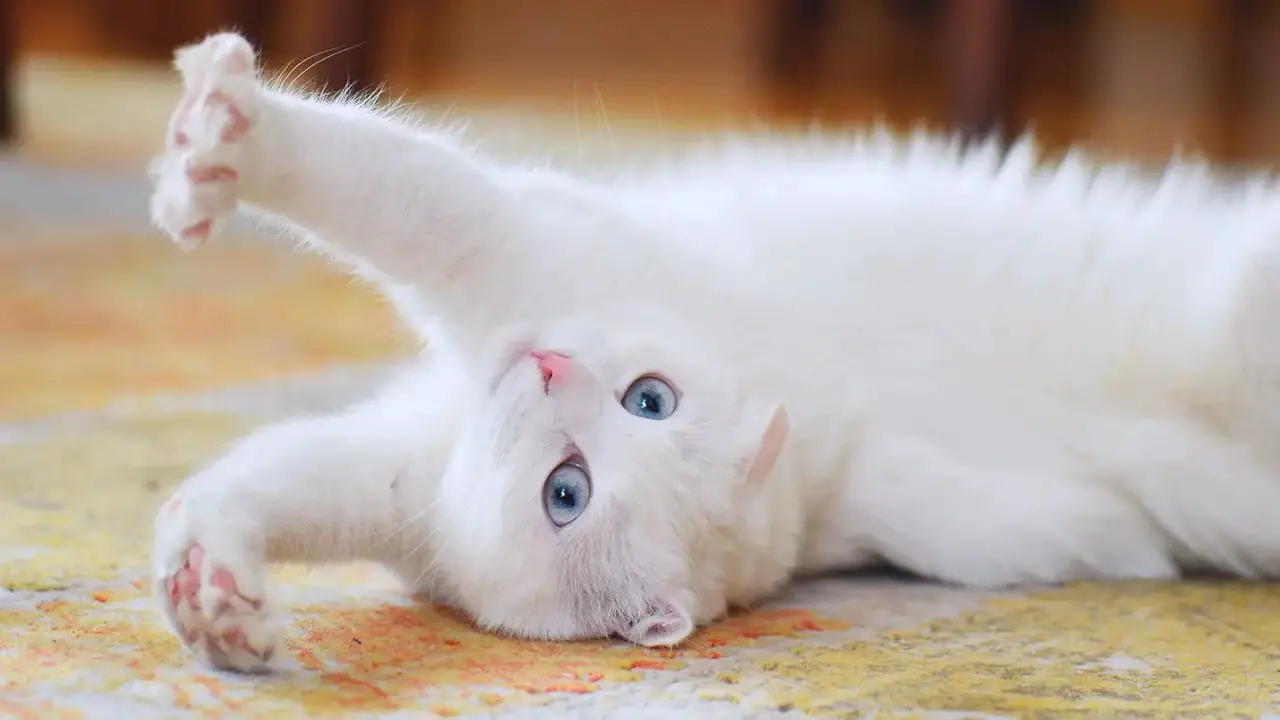
There can be several reasons why your cat may have stopped kneading. One possibility is that there has been a behavioral change in your cat. For example, if your cat used to knead as a form of comfort or relaxation. But now seems more anxious or stressed, they may have stopped kneading as a result.
Another possibility is that your cat simply prefers other forms of expression or interaction. Cats are individuals with their own preferences, and just like humans, their interests and behaviors can change over time.
It’s important to observe your cat’s behavior and take note of any other changes that may be occurring, such as changes in appetite or energy levels, or even changes in their licking behavior, which could indicate an underlying health issue. Seeking advice from cat behaviorists can also be helpful in understanding and addressing any behavioral changes or preferences in your cat.
How To Help A Cat Start Kneading?
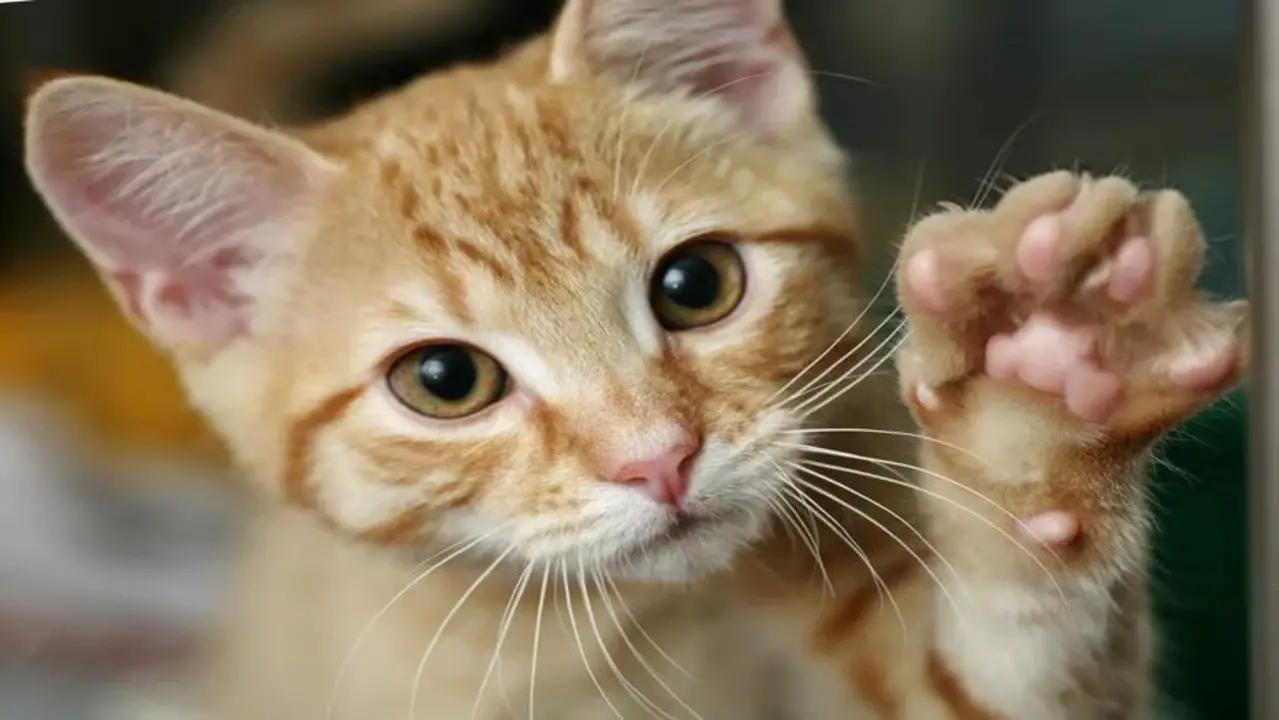
If your cat has suddenly stopped kneading, there may be a few reasons for this change in behavior. Each cat is unique, and it may take time for them to resume kneading. Be patient and understanding as you work with your furry friend to encourage this natural feline behavior. Here are some tips to help your cat start kneading again:
- Create A Comfortable And Safe Environment: Cats often knead when they feel relaxed and content. Make sure your cat has a cozy spot with soft bedding where they can feel secure.
- Provide Positive Reinforcement: When your cat starts kneading, praise them and give them gentle pets. This positive reinforcement can help encourage the behavior.
- Mimic The Motion: Use your hands to gently mimic the kneading motion on your cat’s favorite resting spots. This can show them that it’s okay to knead and may encourage them to start doing it again.
- Offer A Warm Surface: Cats love warmth, so providing a heated pad or blanket for them to knead on may entice them to start again.
How Do I Train My Cat Not To Knead?
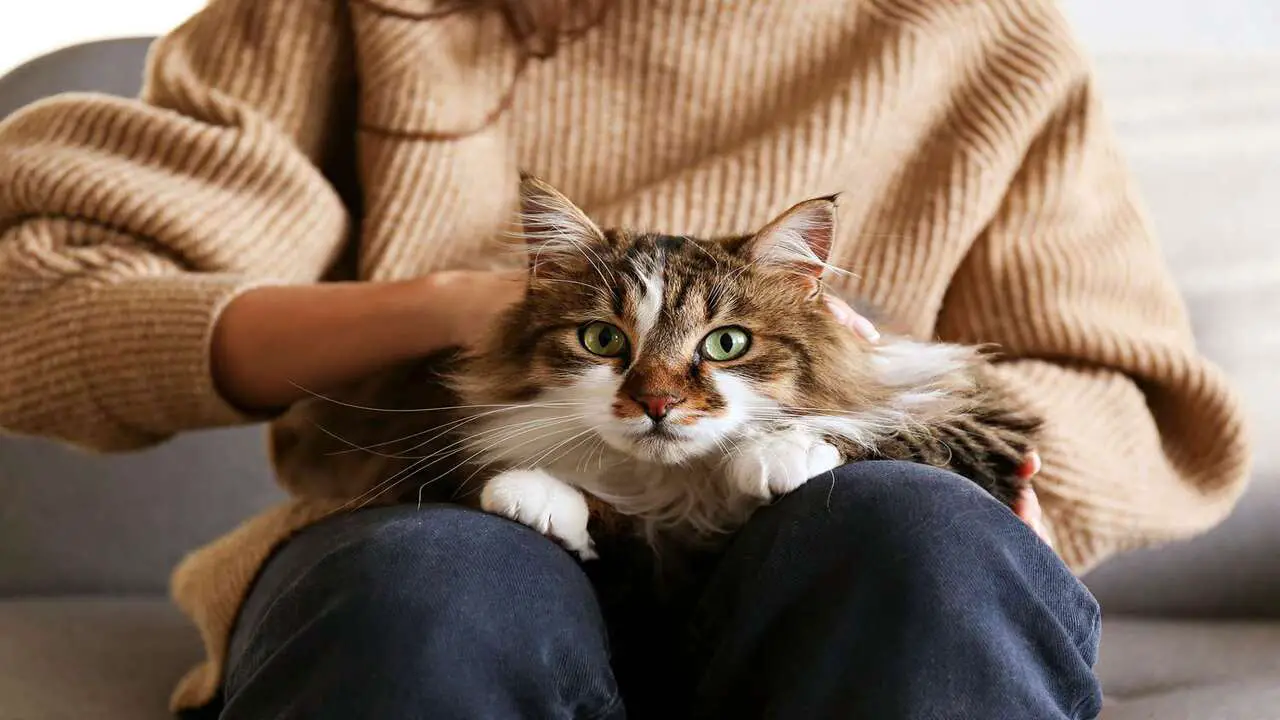
Training a cat not to knead can be a challenging task, as it is a natural behavior for them. However, there are some techniques you can try to discourage kneading behavior. One approach is to redirect their attention by offering them an alternative activity, such as playing with a toy or engaging in interactive play.
Another method is to gently but firmly push their paws away and say “no” when they start normal kneading behavior. Consistency is key, so be sure to reinforce the desired behavior consistently and avoid rewarding or encouraging kneading behavior.
It may also be helpful to provide your cat with a comfortable and cozy space where they can knead without causing any damage or discomfort due to closeness. Training takes extra time and patience, so be prepared for trial and error before you see results.
Using Positive Reinforcement And Rewards To Encourage Kneading Behavior
If your cat has stopped kneading, use positive reinforcement and rewards. It can be an effective way to encourage them to resume this adorable behavior. Kneading is a natural instinct for cats, and it often signifies that they are content and relaxed. To encourage your cat to knead, try providing them with a soft blanket or pillow where they feel comfortable enough to knead and use their cat’s nails.
When they do knead, offer verbal praise and give them a treat or a favorite toy as a reward. By associating kneading with positive reinforcement and rewards, such as treats or a favorite cushion. You can help your cat understand that this behavior is desired and encourage them to continue doing it in the future.
Why Doesn’t My Cat Knead?
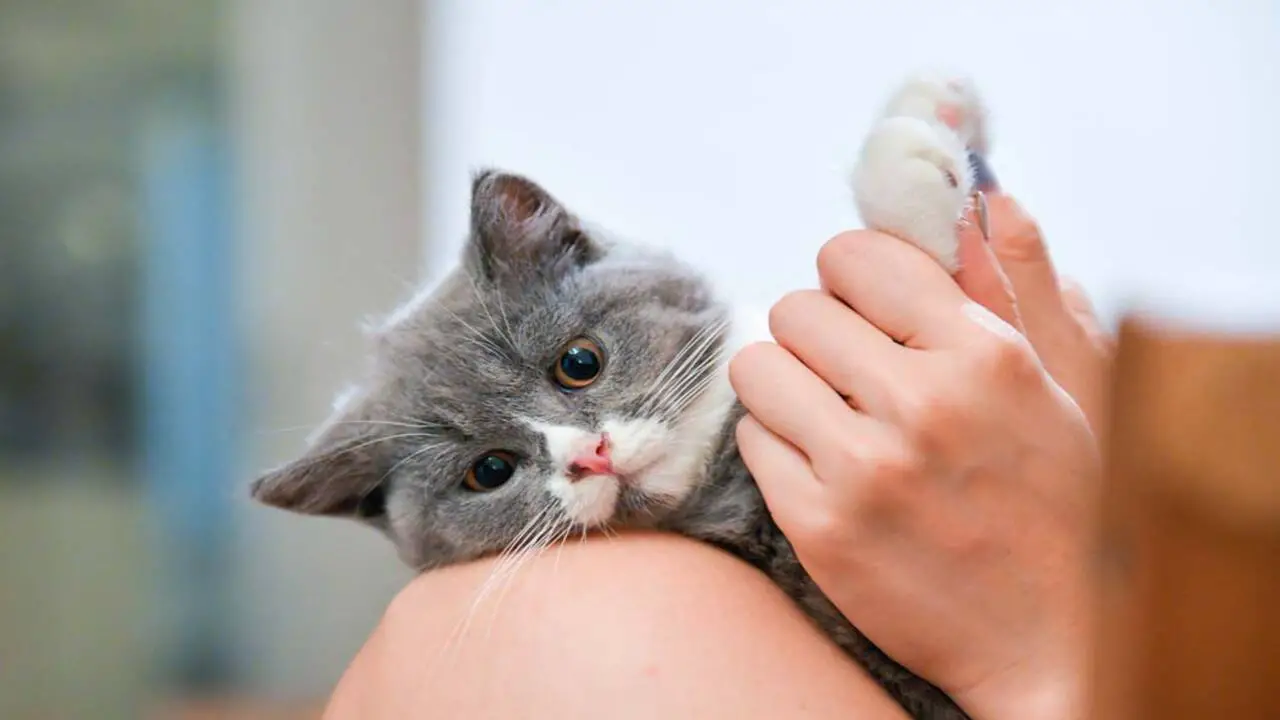
If your cat has suddenly stopped kneading, there may be several reasons for this change in normal cat behavior. One possibility is that your cat simply doesn’t feel the need to knead anymore. Kneading is a behavior that is often associated with nursing kittens from their mother, and as cats grow older, they may outgrow this cat behavior.
Another possibility is that your cat has found other ways to satisfy their need for comfort or stimulation. For example, they may have discovered a soft fleece blanket or toy that provides them with the same sense of security and relaxation that kneading once did.
Additionally, changes in milk flow or weaning age can also affect a cat’s desire to knead. It’s important to remember that changes in behavior are normal and can vary from cat to cat.
Conclusion
Cat for kneading, using positive reinforcement techniques such as offering treats or toys can help to encourage your cat to knead again. If your cat stopped kneading, looking closely at their behavior and environment is important. This natural instinctive behavior can be disrupted by various factors, such as illness, pain, stress, or changes in routine or environment.
It is important to observe your cat and seek professional advice if necessary. Remember to provide a safe and comfortable space for your cat to express their kneading behavior, and to show them love and affection to promote a healthy and happy relationship.
With proper care and attention, your cat will hopefully resume their kneading behavior, and addressing. Any potential health concerns related to your cat’s behavior can make all the difference in their well-being.
Frequently Asked Questions
Why Is My Cat No Longer Kneading?
Kneading is a behavior cats often engage in to show contentment and relaxation. If your cat has stopped kneading, it could be due to various reasons, such as changes in their environment, health issues, or simply a change in their preferences.
Do Cats Stop Kneading When They Get Older?
Cats do not necessarily stop kneading when they age. Kneading is a natural behavior cats engage in to show contentment and comfort. While the frequency of kneading may decrease as cats age, many continue to knead throughout their lives.
Do Unhappy Cats Knead?
Yes, unhappy cats can still knead. Kneading is a natural behavior in cats that they do to show contentment and comfort. However, it’s important to note that cats can exhibit different behaviors when they are unhappy or stressed.
Why Doesn’t My Cat Knead And Purr?
Ans: Cats knead and purr as a way to show affection and contentment and mark their territory. If your cat doesn’t knead and purr, it could be due to stress, discomfort, or individual personality differences. It’s important to observe your cat’s behavior, including their body language, and consult a veterinarian if you have concerns.
Do Cats Knead More As They Get Older?
Yes, cats may knead more as they get older. Kneading habits is a natural behavior for cats that is often associated with comfort and contentment. Older cats may knead more frequently due to factors such as age-related changes in muscle tone or increased relaxation.
At What Age Do Kittens Start Kneading?
Kittens typically start kneading around two months of age, when they are usually weaned from their mother. As kittens develop, they may knead as a way to show contentment and comfort, or to mark their territory.

Aquarium passion is all about connecting with the aquatic life and providing education to the public on the importance of these creatures. We showcase a wide variety of marine life through our exhibits as well as working with schools to provide unique learning opportunities for students of all ages.

